If UNESCO had a register of world heritage foodie destinations Nishiki markets in Kyoto would be top of the list. Here’s an insider’s guide on some of the local offerings.
How do I get to Nishiki Markets?
Ask a local how to get to Daimaru in Shijo Dori. Walk through the front door, if you see makeup you are in the right place. Take a deep breath and walk straight ahead, wave off the free sample of whatever perfume they are promoting this month and keep going until you see SK2. Exit at the right of SK2 and exhale. Take a couple of more breaths and turn right at the street. Congratulations you have found Nishiki Markets.
Can I breathe now?
Highly recommended because it smells delicious. About half way down the markets a sweet toasty caramel smell will waft through the air. Although you will want to, do not follow it. This is a deceptive trick the tea shop plays on the other retailers. They roast houjicha to attract the tourists so they spend all of their cash on tea before seeing what else in offer. Another trick they play is to lure you into the store for tastings.
Look, a tiny octopus on a stick with a quails egg stuffed in its head, should I eat one?
Don’t eat the octopus, mazui desu yo. May look cute but they are rubbery and decidedly unpleasant.
When is the best time to go?
I find the best time to visit Nishiki in is the morning or afternoon. Tourists tend to go at lunchtime. At other times you will only have to duke it out with the local obaasan. Don’t worry they are very friendly and so cute and small you can shoot photos right above their heads. DO NOT get between them and a bargain because things can get nasty.
What on earth is “Ima taberu”?
Unlike most other places in Japan it’s okay to eat on the fly as you cruise through Nishiki markets. The shopkeepers and locals are used to gaijin – foreigners. IMA TABERU means “Do you want to eat it now?” and is asked when you buy a little snacky thing at the market. They probably won’t ask this if you order 1kg of raw chicken.
What’s the deal with all the pickles?
Tsukemono or pickles are a big part of Japanese cuisine. Many different types of vegetables are available, most of them only for a short season. Spend some time at the pickle stalls and try a few of the different types. Nukazuke are vegetables pickled in rice bran, misozuke are vegies pickled in miso for up to 2 years and shiozuke are simply pickled in salt. Of course there are other varieties so taste and explore.
……
I am tired now, where can I sit and relax?
Sounds a little daggy but it’s far from … Head over to Lipton tea house on Shijo Dori (street) and grab a parfait and a good old pot of tea. The tea and sugar hit will have you back in the game in no time.
I want a snack, what do you recommend?
It should be compulsory for all visitors to try the senbei (rice crackers) near the Daimaru end of the markets. Some are served fresh, warm and slightly chewy but there is also the crunchy variety on offer. You can choose a variety of toppings such as black sesame, ichimi, aonori and countless other sprinkles.
I want to eat something sweet now
Do stop at a few of the wagashi (traditional Japanese sweets) shops. Get some for now and some for later. The wagashi is always fresh and tasty. There are some interesting flavours on offer, we tried sakura scented mochi wrapped around anko with a salted sakura leaf.
What do they make from all the dried seaweed?
There are so many types of seaweed available at the markets. The big pieces of kelp or kombu are used for making dashi (stock) and is the basis of pretty much all Japanese cuisine.
Kombu is also sold pre cooked and slightly sweetened to make kombu lollies. Not super sweet but very addictive – like liquorice. Nori of different shapes is used for wrapping sushi (there’s something different), soups and toppings for okomomiyaki etc.
Wakame is sold to add to soups. Tiny black filaments of hijiki are sold seasoned and unseasoned and make a great condiment to rice or as a drinking snack.
All I know is I want it all and I want it now!
……
If you have any questions or would like to share your personal experiences of Nishiki markets, feel free to add a comment below.

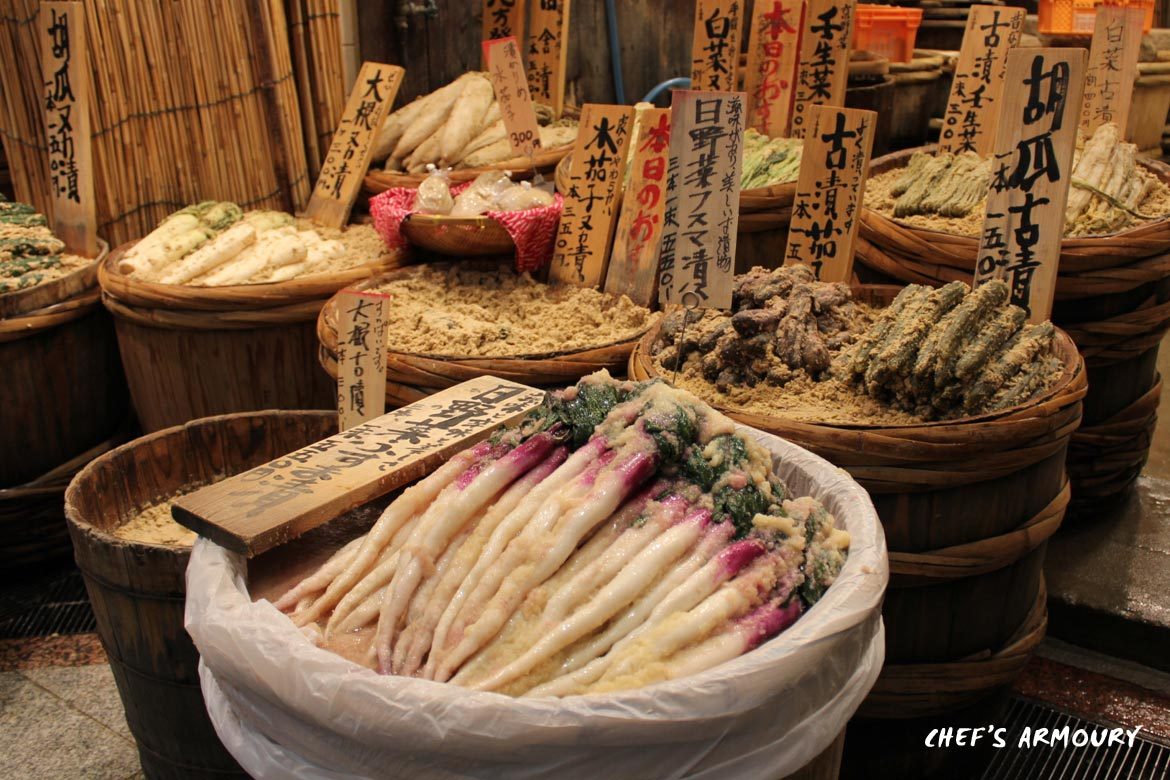

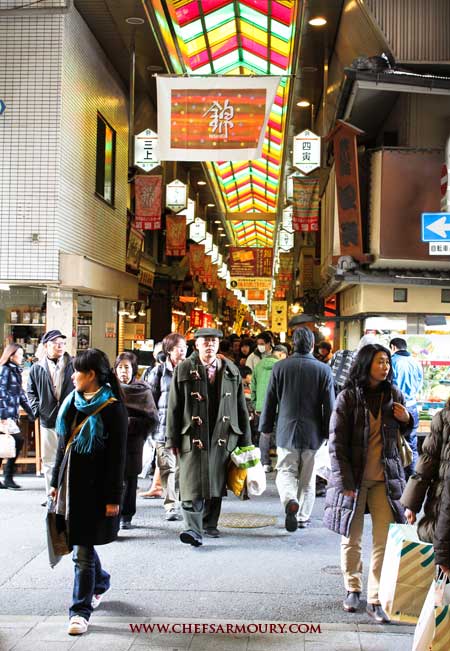
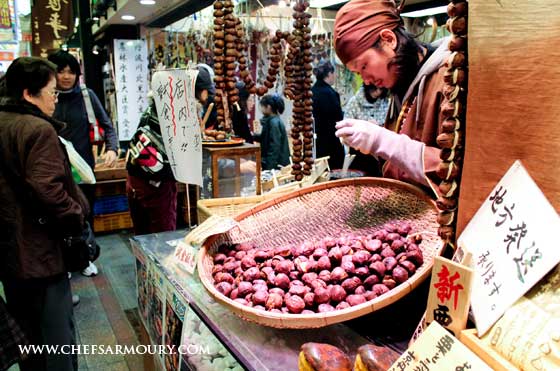

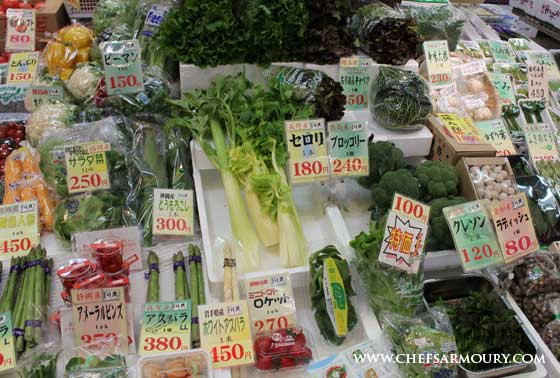
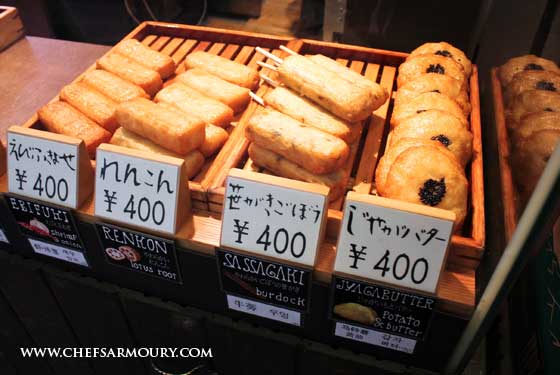
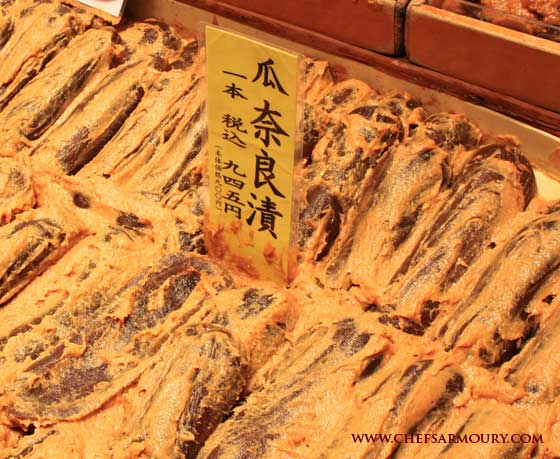

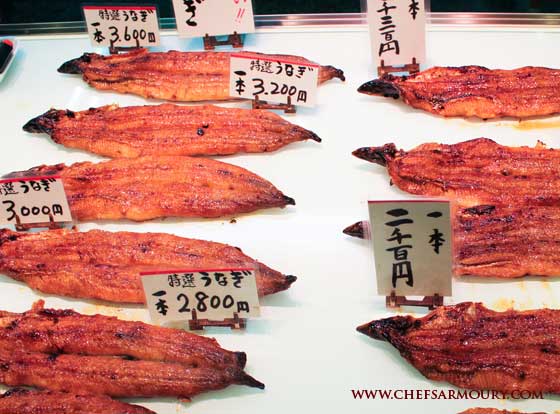
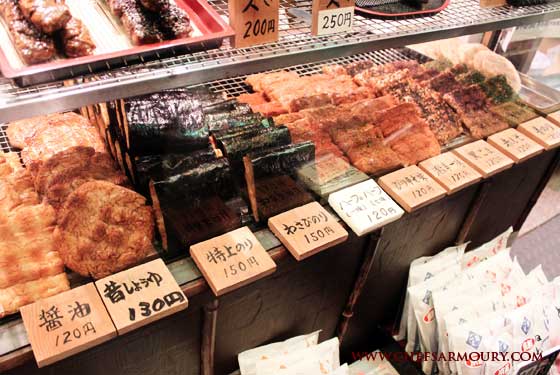
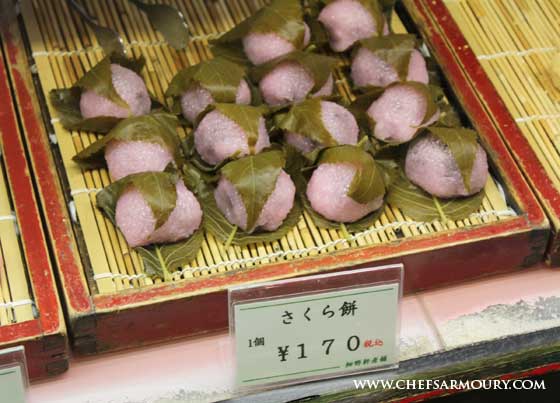


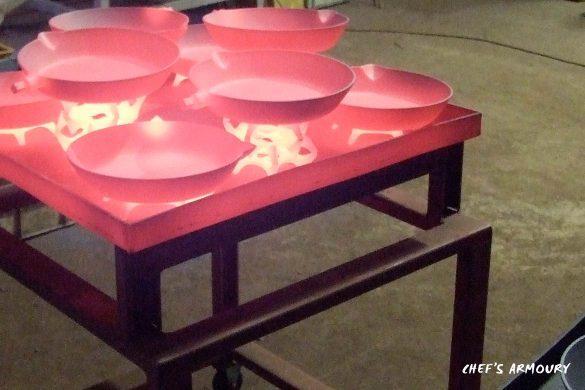
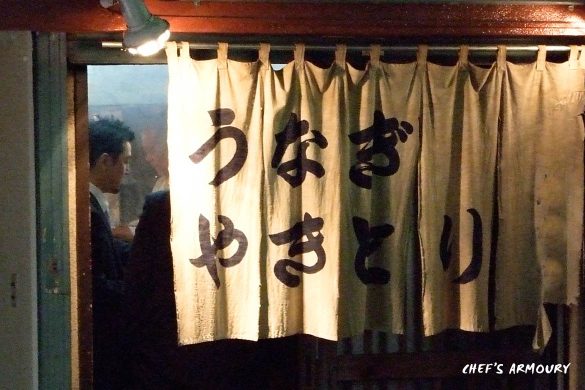

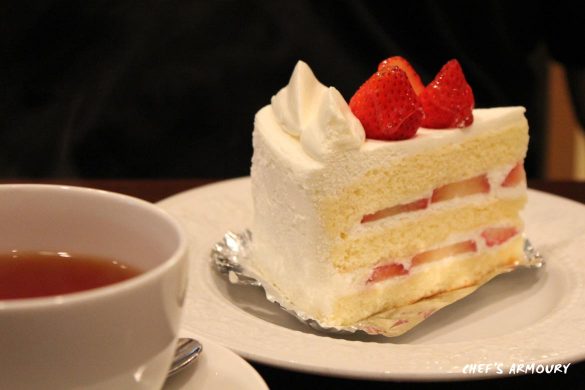
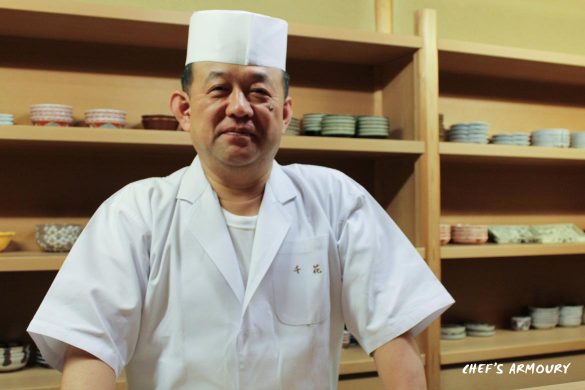
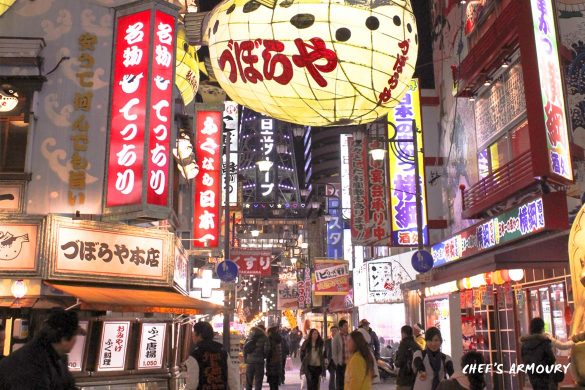
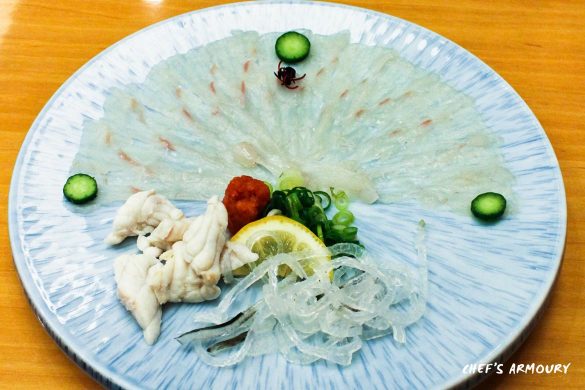
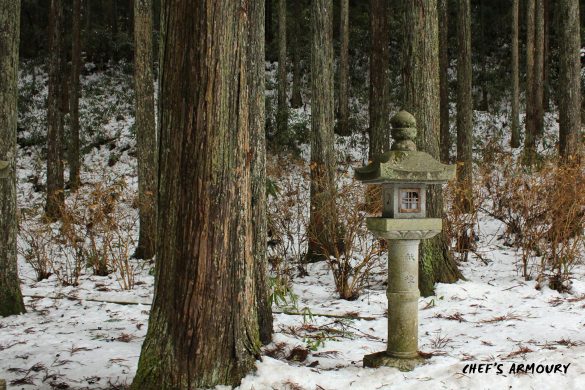

6 Comments
I am heading back to Japan in June and will be heading to Kyoto for the first time, will have to pay the Nishiki markets a visit.
I love the place that grills oysters (if you’re entering at the Daimaru end its on the right, not far in), have a couple with a beer.
The soy donuts were good, and I am a big fan of the fish cake shown above.
Mmmmmm Beer and Oysters
What time is the shop opened and closed ?
Some stores close on Sundays, others on Wednesdays. Shops usually open around 9 to 6.
Your blogpost is brilliant. I’m a top blogger from Singapore so here’s some online love going halfway around the world!!! You are so funny and I’m totally glad I’m going to be in Kyoto in a week’s time! Thanks for all the tips on Nishiki market:)